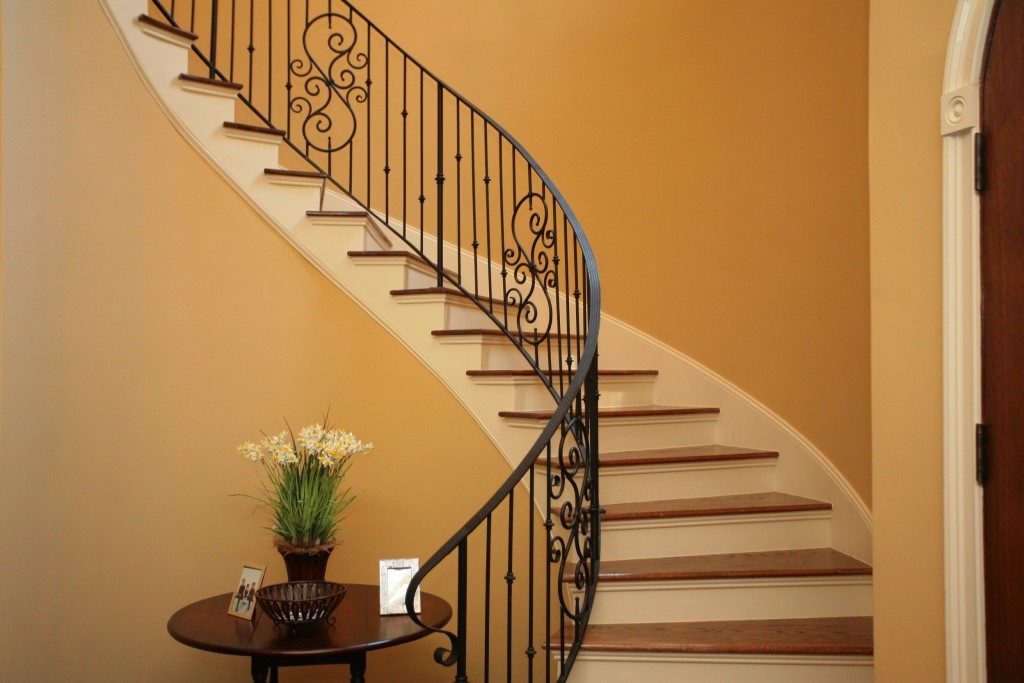Stairs remain the best option for getting to the upper stories of a building even with the numerous innovations currently available. Not only are they inexpensive to build and maintain, but they also cater to all kinds of people, including claustrophobic ones who cannot take elevators.
There has been a big push recently towards the optimization of indoor safety to reduce the number of falls in residential and commercial spaces. People assume that architecture stairs that feature exceptional designs cannot meet safety regulations in buildings while maintaining their aesthetic value.
There are however different options for increasing the safety of your stairs with minimal impact on their overall look. One of these alternatives is the use of different railings. The following are some of the railings used to enhance the safety of staircases.
Grab Rails
These are used in places where you have two or three steps. Grab rails are installed on either side of the steps so that staircase users will have something to hold onto when they go up and down.
The ideal size of the grab rails, in this case, is the approximate height of the wrists when someone with an average height stands on the first tread. The grab rails should extend just past the bottom and top ends of your steps so that they provide a steady pulling point.
Long Handrails
 Most staircases have handrails on one side though they do not extend their full length. For an increased stair safety, you can extend your handrail past the bottom and top treads of your stairs by approximately 300mm.
Most staircases have handrails on one side though they do not extend their full length. For an increased stair safety, you can extend your handrail past the bottom and top treads of your stairs by approximately 300mm.
There are extended handrails available in hardware stores though you can buy extenders for yours if you already have an installed handrail. Long handrails are generally used on corridor stairs.
Newel Rails
These are meant to turn at a 90-degree angle around your stairs’ newel posts. These are the upright posts of your stair banister.
Newel rails will offer a continuous grip for your staircase’s users as they reach the top or bottom of the stairs and turn a corner. There are right and left turning newel rails available, and you should ensure you pick the right one for your staircase’s orientation.
Moving Railings
These rails are designed to be secured to your wall and have a bar that folds in front of a user and, moves down and up when pushed along your stairs. The rails will lock so that they steady their users immediately a force is applied on them.
This way, the user has a sense of security and stability when using these railings. You can fold the bars when you are not using them and use the traditional railing on their opposite side.
Some people now opt for rooms on the lower floors or for single-story buildings in a bid to negate the use of stairs in their properties. With the above railing options, however, stairs will no longer be a safety hazard in your interiors. Moreover, the railings will allow those with limited mobility to access the upper floors in a building still.




